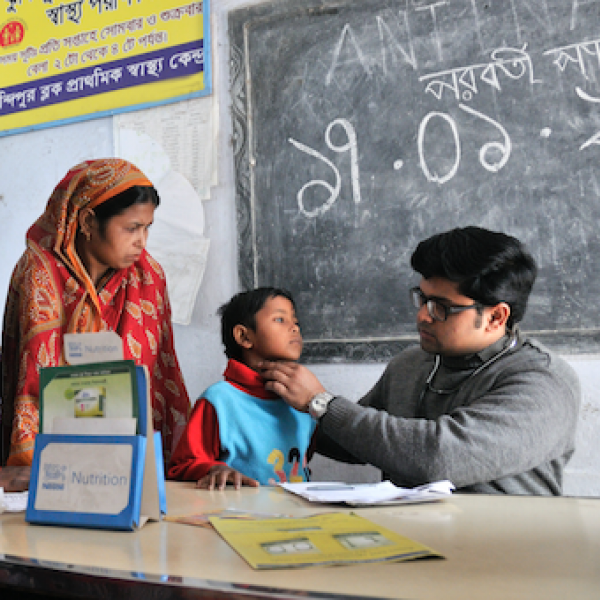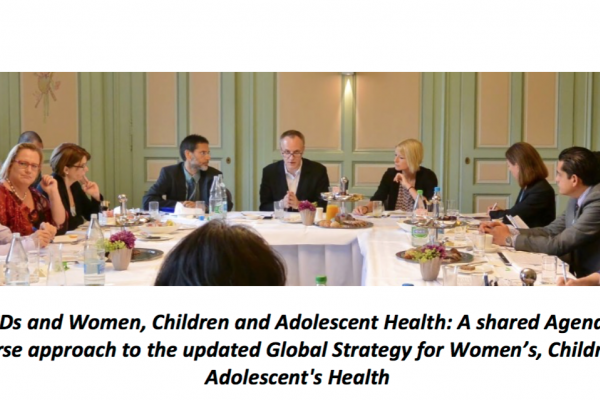“In all actions concerning children ... best interests of the child shall be a primary consideration.”
Article 1 of the Convention on the Rights of the Child defines a child as “every human-being below the age of eighteen years”; therefore, when referring to protections afforded to a “child” this includes youth and adolescents.
Numerous international and national laws, policies of governments and statements of international institutions and organisations of international civil society recognise the rights of children to adequate health care. Nonetheless, when it comes to addressing NCDs, children are too frequently left off (or insufficiently acknowledged in) the policy agenda. The NCD Alliance seeks to address this inequity and to recommend a framework for improvement.
The NCD Alliance unites a powerful network of like-minded NGOs, associations and individuals with the experience, passion and commitment required to promote the profile of children within the NCD discourse, and ensure children are included within discussions, policy development, and tangible outcomes. Only in this way will we fulfil our collective obligation to progressively realise the rights of all children (and paradoxically adults also) to health and life.


